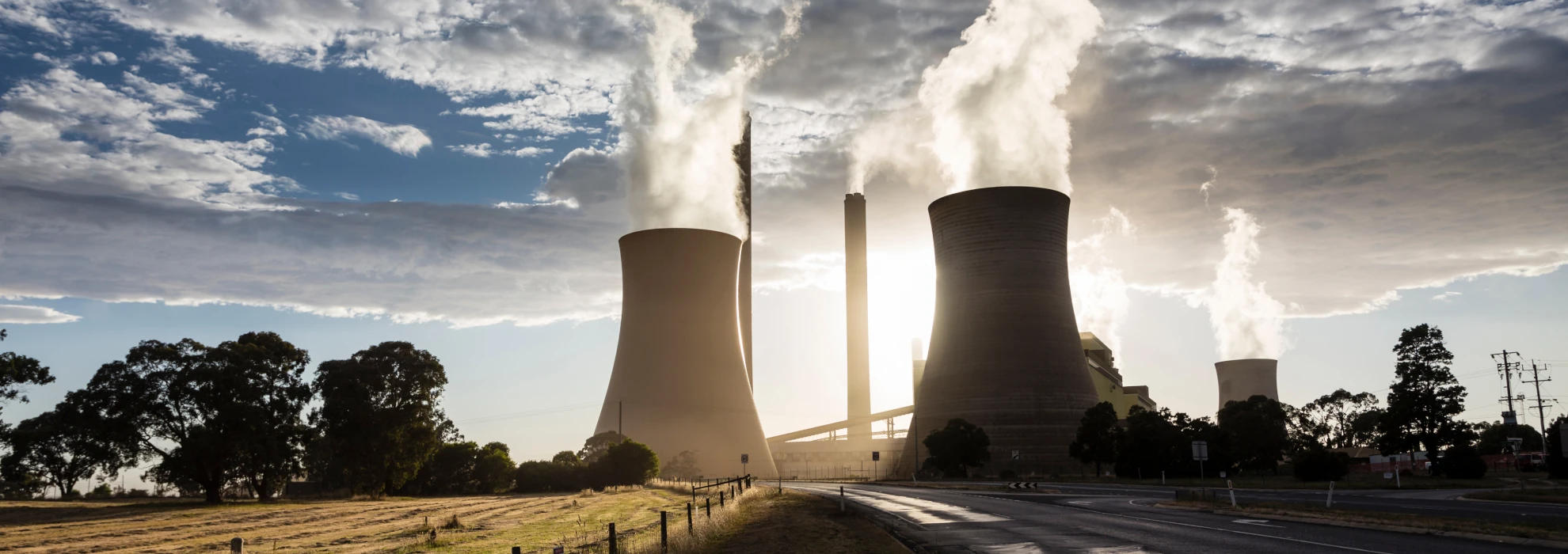According to a new report by energy think-tank Ember, 2023 will see the start of the decline in fossil fuels. This follows a peak in global electricity emissions in 2022 but the think-tank claims that this will most likely be the last year the global power sector will log growth in greenhouse gas emissions. Electricity emissions grew by 1.3% in 2022 to hit a record high, fuelled by a small increase in the use of coal to meet growing electricity demand after the end of the Covid-19 lockdowns. The rise in emissions in 2022 was also caused by the war in Ukraine and falling supplies of cheap Russian gas.
Ember’s Global Electricity Review analysed electricity data from 78 countries which makes up 93% of global electricity demand. The study showed that in 2022, global electricity generation was the cleanest ever, with wind and solar power reaching a record 12% of global electricity generation. This increased the overall share of low-carbon electricity to nearly 40% of total generation. Combined renewables and nuclear accounted for 39% of global electricity generation with solar power being the fastest growing source with a 24% increase.
COMPARE PRICES FROM LOCAL INSTALLERS
Compare prices from local companies fast & free
Enter your postcode to compare quotes from leading professionals. We promise to keep your information Safe & Secure. Privacy Policy
Lead author of the study Małgorzata Wiatros-Motyka said:
“In this decisive decade for the climate, it is the beginning of the end of the fossil age. We are entering the clean power era.”
As coal, oil and gas are pushed out of the grid and with even faster growth in renewables set to continue this year, Ember says that 2022 will probably mark a “turning point” when global fossil fuel electricity generation peaked and began to fall.
Dave Jones, head of data insights at Ember said:
“Although it’s unfortunate that fossil electricity generation hit an all-time high in 2022, you can see that wind and solar are already delivering to reduce emissions.”
Carbon emissions from global electricity generation are expected to start falling in the coming years. Ember says that rapidly expanding renewables means that the ‘phasedown’ of gas as well as coal power which is required for this transition is ‘now within reach’. Researchers at Ember think that emissions will begin to drop a little this year but that the decline will get bigger every year as wind and solar grow further.
The power sector may indeed have reached an historic turning point in its transition to clean power. However, Ember also thinks that governments need to stop stalling nuclear and hydropower construction.
Most experts agree that global electricity generation needs to be completely decarbonised by 2040 if the world is to reach its climate targets. The pace of reducing carbon dioxide emissions is very important in limiting global warming and preventing further damage from climate change.
Despite the rapid increase in construction of wind farms and solar parks, these renewable technologies have so far failed to stop the demand for burning fossil fuels. According to the International Energy Agency (IEA) renewable power sources helped us meet most of our additional power needs in 2022 but unfortunately it didn’t stop coal power reaching a record high that year even though there is a global commitment to the phasing out of this fuel.
Ember’s report claims that wind and solar power can provide up to 75% of the increase in clean power from now until 2050 due to their lower cost when compared to fossil fuels.
The report also shows that the transition to wind and solar power is happening faster in Europe than the global average. Wind and solar accounted for 22% of electricity production in 2022, up from just 13% in 2015 while globally the share of wind and solar increased from 4.6% to 12.1% in the same period.
However, power sector emissions in the EU saw an increase of 2.8% when compared to 2021. There were a number of reasons for this, but it was mostly due to a fall in nuclear generation driven by maintenance in France and plant closures in Germany. On top of that there was a fall in hydropower generation caused by droughts. These energy sources were partially replaced by coal and gas. To make matters worse there was a greater demand for coal due to the war in Ukraine and Russia’s decision to diminish supplies of gas to Europe.
Although Europe has been a frontrunner of the renewable revolution it has now been overtaken by Oceania and Ember’s study shows that North America and Asia are catching up fast.
The EU has responded to these challenges by steadying its course and accelerating its green transition, setting new ambitious targets for renewable energy deployment for 2030.
Modelling by Ember finds that the least expensive pathway for the EU to achieve a net-zero emissions power sector by 2035 would see the EU generate 70-80% of electricity from wind and solar, and less than 5% from gas power.
Davy Jones said:
“2022 will be remembered as a turning point in the energy transition. Due to Russia’s invasion of Ukraine and the global energy crisis, many governments have rethought their reliance on fossil fuels.”
The report estimates that 2023 will see a record decline in fossil fuels in the EU. According to national plans, 17% of EU electricity will come from fossil fuels, while the majority of the region will have phased out coal altogether. The report declares that the EU power sector is in a good position to achieve a trajectory aligned with the Paris agreement of 1.5C.
One of the biggest challenges to reducing carbon emissions on a global scale is the growing demand for electricity due to rising populations, increasing industrialisation and higher incomes.
Greater demand is likely to continue increasing as more people switch their fossil fuel-driven cars and heaters to electric models and as power is supplied to around 775 million people who currently have no access to electricity.
One thing that is noticeable by its absence from the report is any mention of critical minerals or intermittency of wind and solar power which are often brought up as challenges in the transition to renewable energy.
Kingsmill Bond, senior principal at the Rocky Mountain Institute in the US said:
“It’s quite interesting that in this analysis, nowhere do they talk about minerals or intermittency, which is what people talk to me about all the time. And the reason they don’t talk about it is because it’s not an impediment at all.”
Bond says that lots of mineral dependencies are resolvable with current technologies and the issues cited are “fake issues” added to the debate by fossil fuel incumbents who are trying to slow the green change.
Up to now, electricity demand growth has exceeded the rapid expansion of low carbon sources as any shortfall in meeting growth with low carbon sources has been met by fossil fuels meaning emissions from the power sector have continued rise.
Although the recent energy crisis has been difficult for consumers it has helped push energy security to the top of the political agenda which has made an even stronger case for countries to harness local, renewable sources of electricity.
Ember’s study predicts that wind and solar will expand enough that total electricity production from fossil fuels will decline slightly and continue downward until at least 2026.
Find a local installer
Welcome to the biggest directory of UK renewable energy companies






























